Welcome to VisionTMS
Our Mission is to offer the leading, most advanced TMS treatment in Australia to help improve the lives of all our patients. If you or someone you are supporting is suffering from a mental disorder such as major depression, VisionTMS can increase your chances of recovery.
We’re sure you have lots of questions about TMS, so our team has provided some helpful FAQs below. For more information, visit our How To Get Treatment page or get in touch with our supportive team.
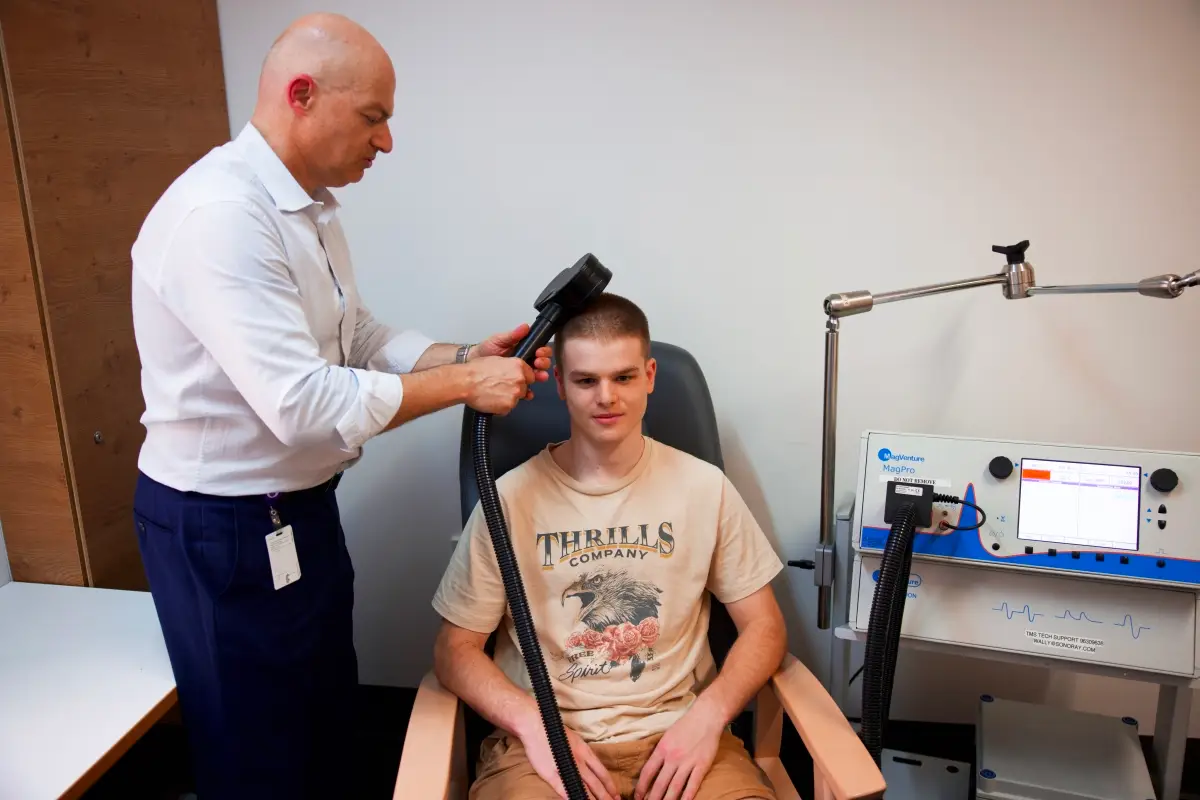
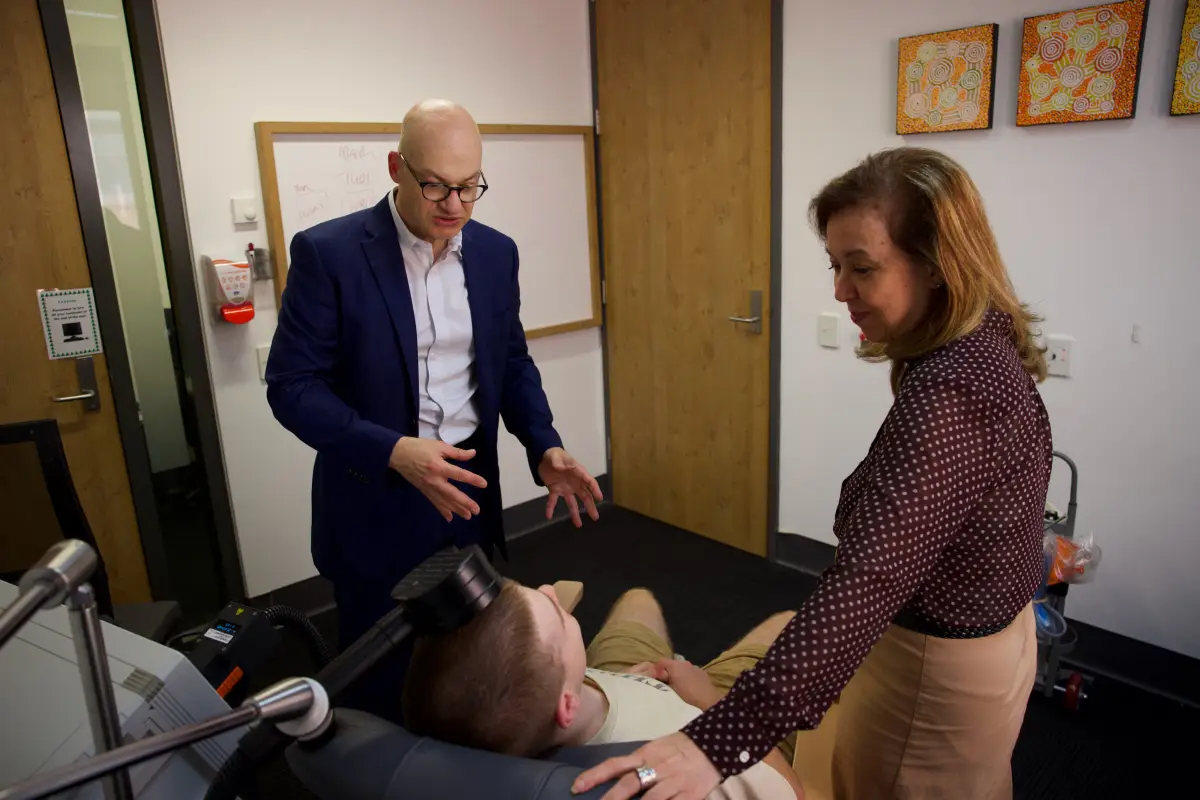
What is Transcranial Magnetic Stimulation (TMS)?
What happens during my treatment course?
1
Our TMS coordinator will speak with you to plan your TMS treatment pathway.
You will start off with a brain MRI so that our expert radiologists and psychiatrists can map your brain and pinpoint the precise region that will respond positively to TMS.
2
After your MRI, you will be invited in our TMS treatment room to be seated in the comfortable, purpose-designed TMS armchair.
Here, our team uses neuronavigation technology to precision-guide the TMS machine. Your head position will be mapped with a camera and correlated with your MRI brain image. You will be fitted with a fabric cap that will mark the target site for the TMS treatment. You will be able to use that cap at any of our TMS locations during your treatment course.
3
Before starting your first TMS treatment session, a TMS-trained psychiatrist meets you, assesses your needs and conducts a ‘dosing’ session to ensure that we’re delivering the optimal dose of magnetic energy dose for you.
Whilst seated in the TMS armchair, the TMS magnet will be positioned gently against your scalp. The psychiatrist will determine the best dose of magnetic energy to use during your TMS course by inducing a subtle muscle contraction between your index finger and thumb. No general or local anaesthetic is required.
4
It's time to begin your treatment course!
The TMS magnet will sit gently against the target drawn on your cap. Whilst sitting comfortably in the TMS armchair, the magnetic waves will stimulate the cells within your cerebral cortex, which is the topmost layer in the brain (about a ¼ cm thick).
5
When we apply this magnetism enough times to stimulate the group of brain cells, we can ‘switch off’ mental health symptoms. Think of it as your ‘mood switch’ resetting.
6
With the correct dose of magnetic energy and waves aimed precisely at your mood switch, you have a better chance of recovering.
Does TMS really work?
TMS has been around since 1985. The technique was intended for diagnostic and research use, but it soon became apparent that TMS had therapeutic value. As a result, America’s FDA approved TMS for the treatment of depression in 2008 and OCD in 2018, and the technique has been used to treat various mental health disorders since then.
TMS in Australia
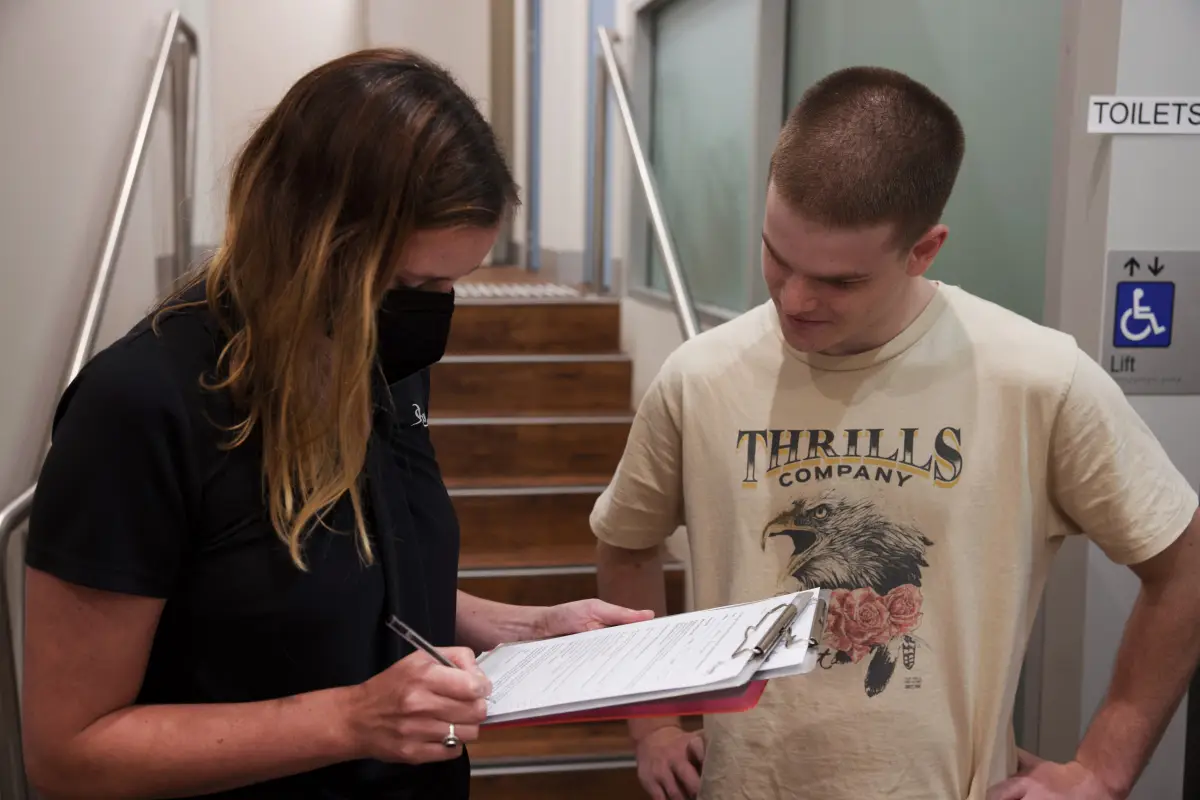
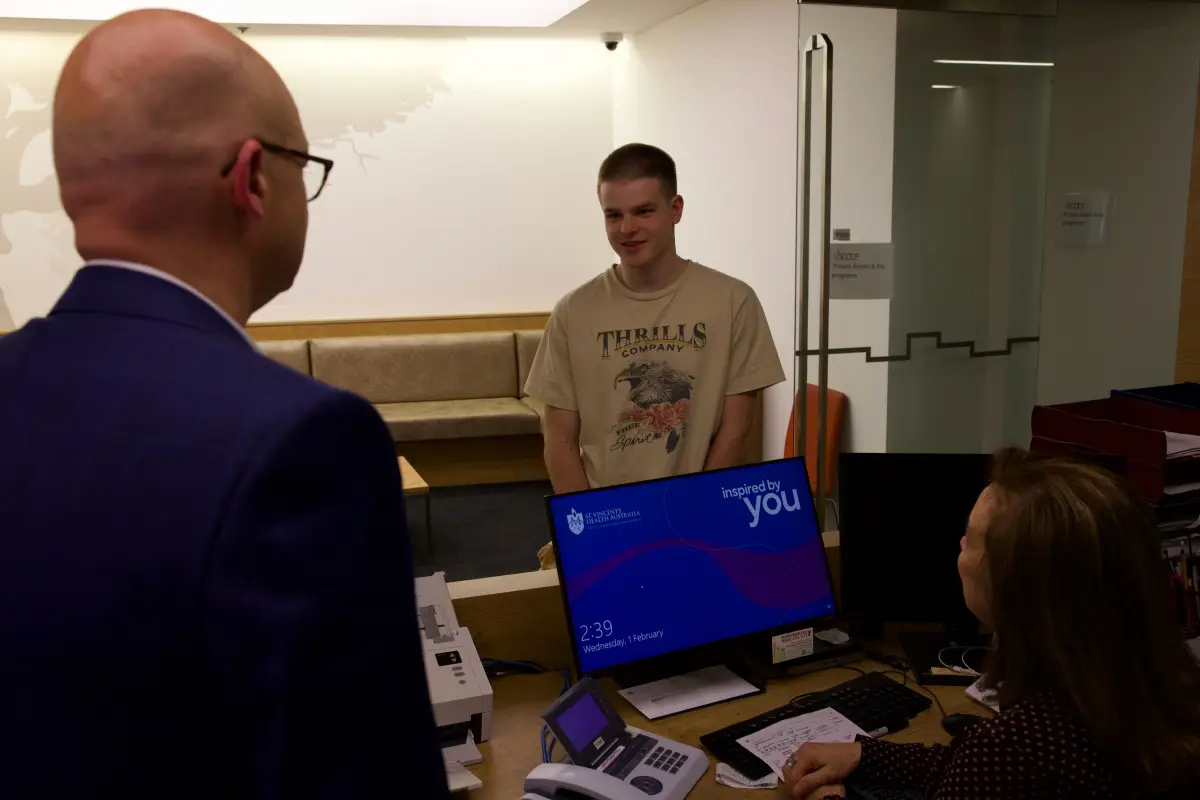
How can I get treatment?
Your GP or psychiatrist will provide you with a referral to VisionTMS. Please visit our How to Get Treatment page for more information.
Where are your VisionTMS locations?
VisionTMS is currently available at three of our Vision XRAY Group locations in Sydney.
Process
How many treatments do I need?
Does Medicare cover my TMS treatments?
Medicare will cover your treatment and retreatment provided you meet certain criteria. Please click the link below to view full details about Medicare cover for TMS treatments.
PATIENT MEDICARE COVER TABLE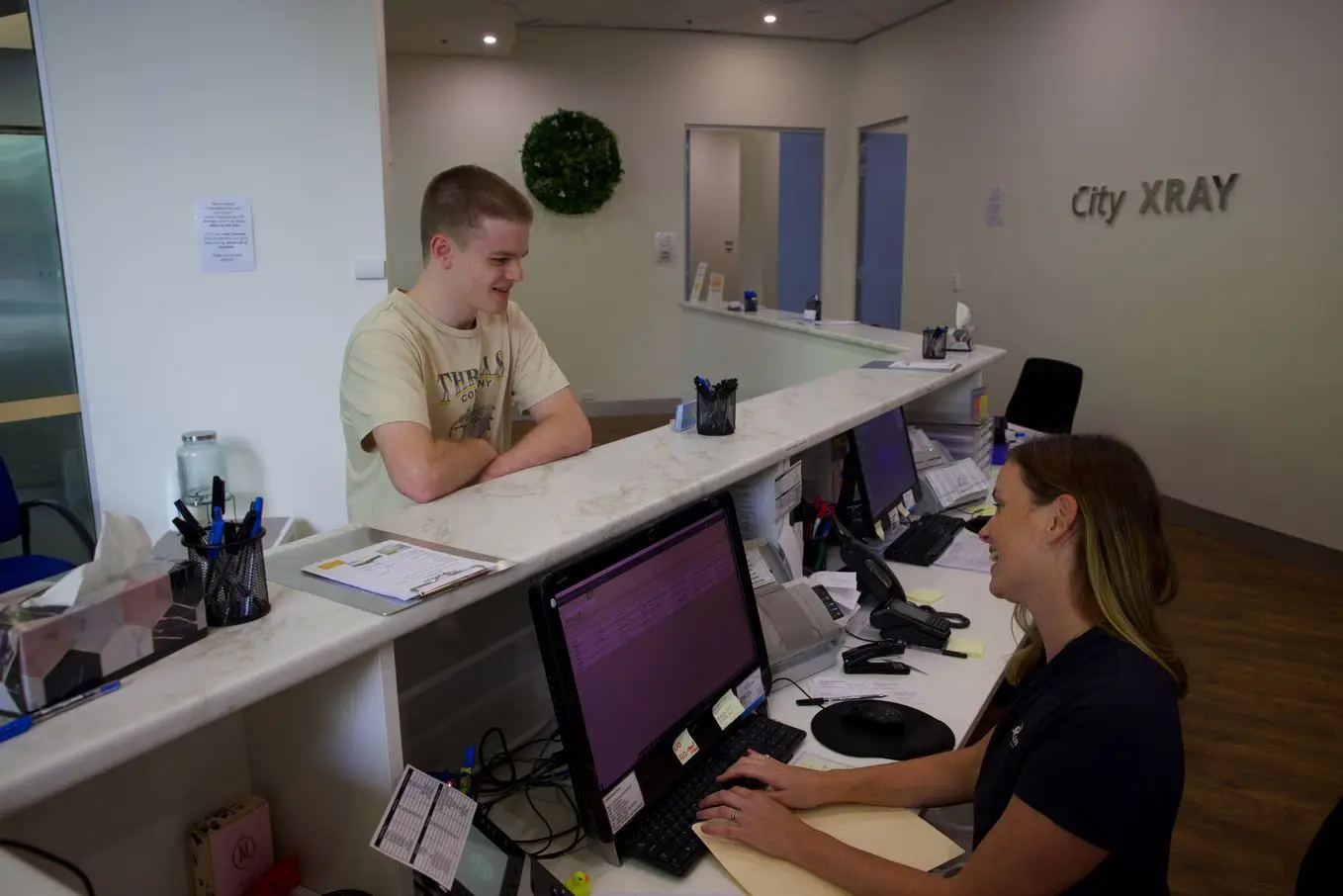
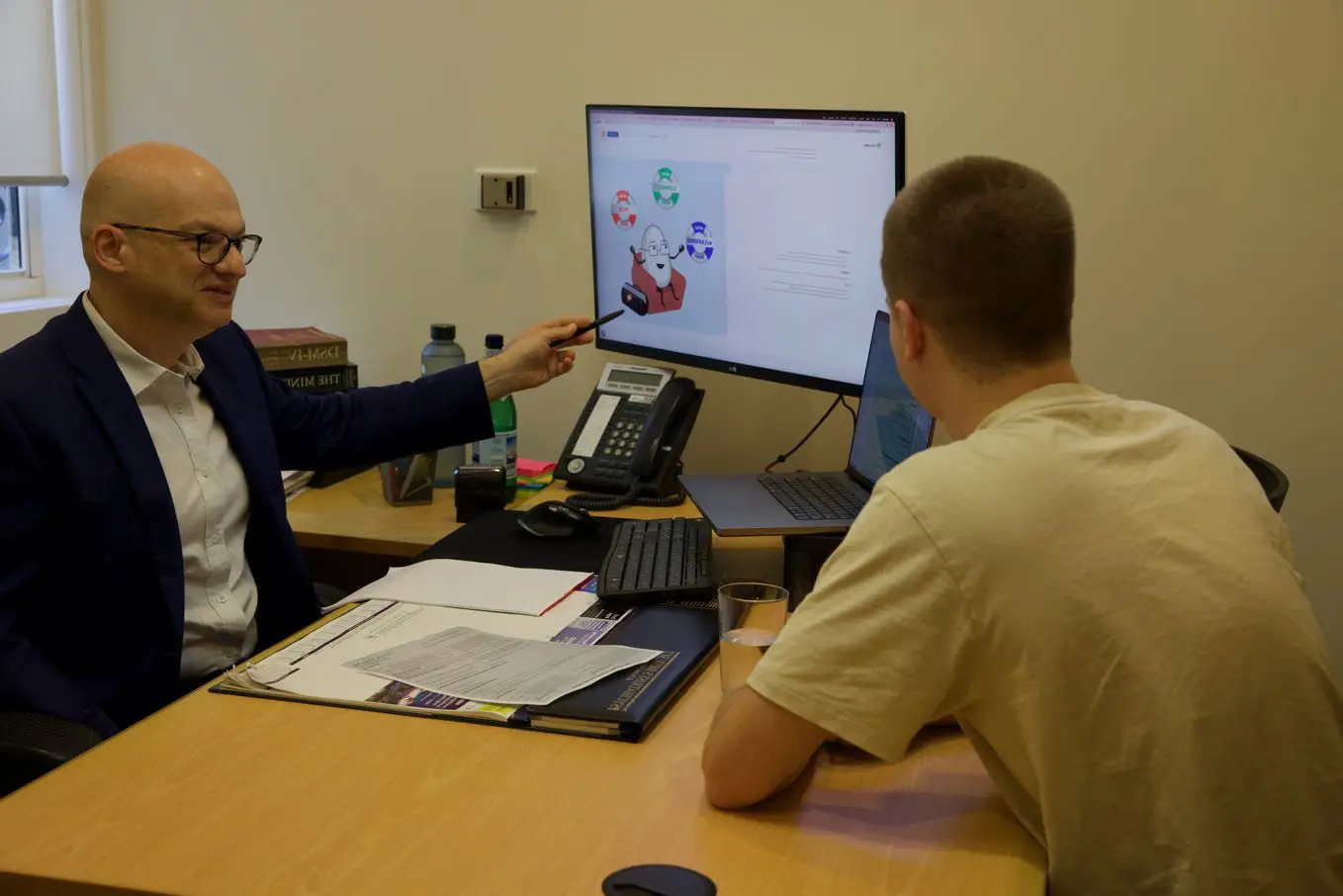
eLearning to Boost your Mental Health Fitness
VisionTMS is proud to partner with MindSkiller®, an engaging and effective eLearning platform dedicated to enhancing your mental health fitness. MindSkiller® helps you learn skills and strategies to build your resilience and help you recover. It’s a wonderful tool to use alongside your VisionTMS treatments on your journey to good mental health.
EXPLORE MINDSKILLER®Patient Medicare Cover
Initial TMS Treatment Course
Medicare provides cover if you meet the following criteria:
TMS Retreatment Course
Medicare provides cover if you meet the following criteria:
TMS Booster Course
Medicare does not usually provide cover unless:
Medicare cover FAQs
What is the definition of Major Depressive Disorder (MDD)?
Diagnostic criteria set out in the International Statistical Classification of Diseases and Related Health Problems – 11th Revision (ICD-11) and the Diagnostic and Statistical Manual of the American Psychiatric Association – Fifth Edition (DSM-5) should guide the clinician.
How is a major depressive episode diagnosed for Medicare eligibility?